

We may earn revenue from the products available on this page and participate in affiliate programs. Learn More ›
Home Advice You Can Trust
Tips, tricks & ideas for a better home and yard, delivered to your inbox daily.
Declutter and Get Organized

Are you sick of losing items in your littered living room, overcrowded cabinets, and too-cramped-for-comfort closets? It’s time to clear the clutter. Even the most spacious home is sure to look smaller and dingier if every surface is covered with papers, tools, cleaning supplies, and clothing. What’s more, clutter has been shown to cause stress, encourage unhealthy eating habits, and even disrupt mental health. Let these ideas inspire you to ditch things you don’t need, and properly stow those that you do.
Flying Saucer
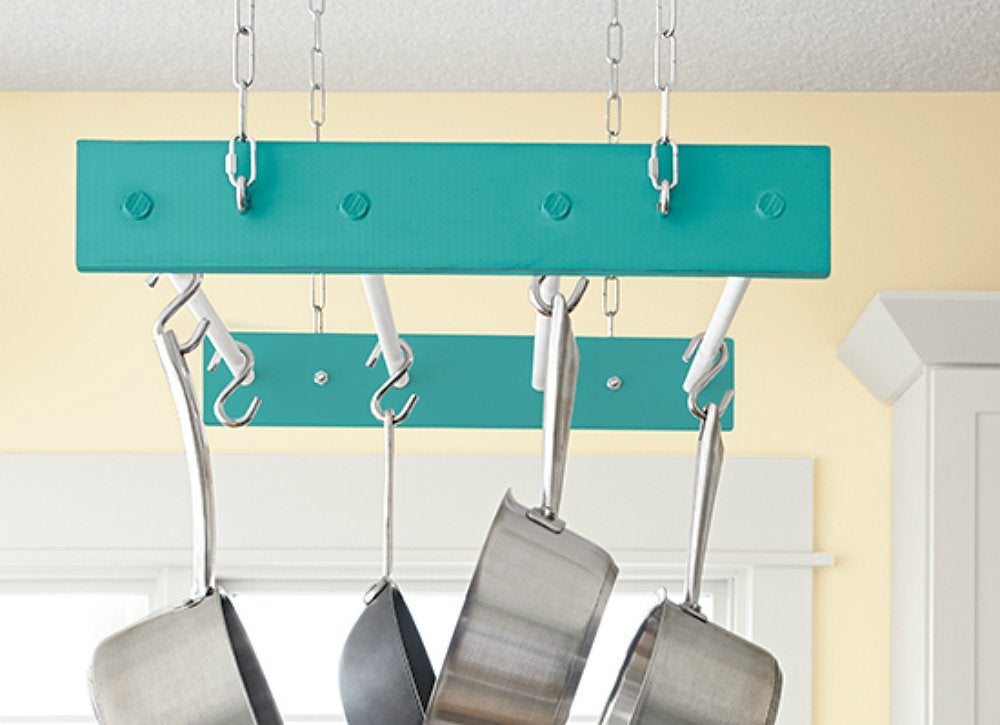
Keep your loftiest cooking ideas—and essentials—within reach with this alluring overhead pot rack. Painted poplar boards fixed with color-complementary dowels form the frame of the rack, while a chain securely hangs it in place from the ceiling—helping you bid cabinet clutter goodbye!
Living Out of a Suitcase
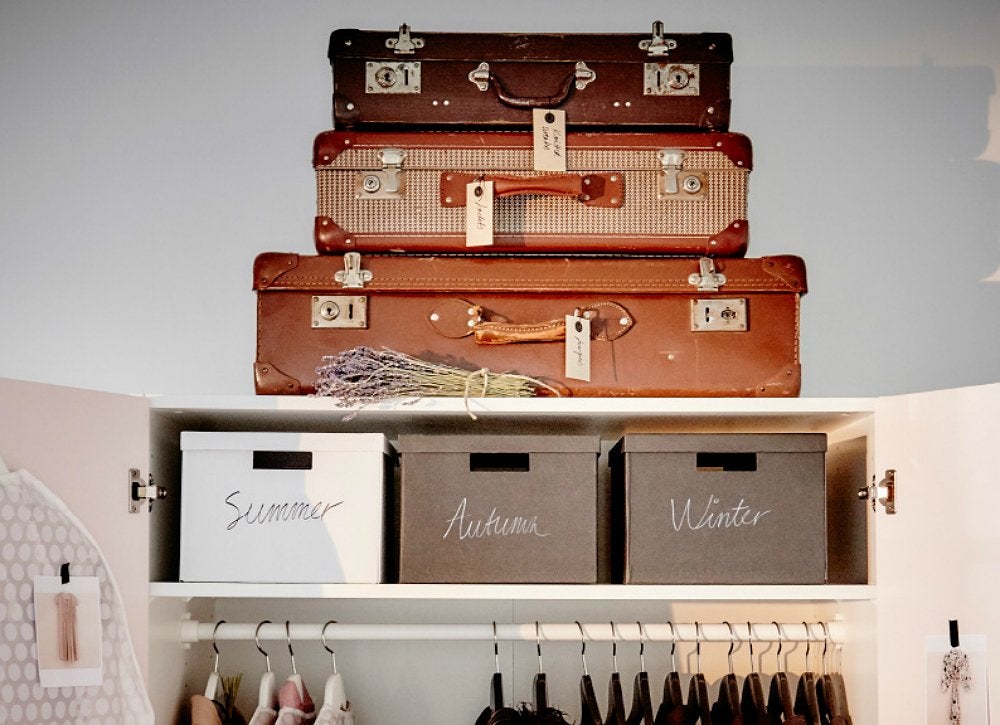
Give your closet a vacation from clutter by socking out-of-season garments in spare suitcases. Stacked on top or at the foot of an already full closet, old and lightweight luggage not only offers shelter to hibernating winter wear, but can also add vintage appeal to a once drab interior.
Get Empowered
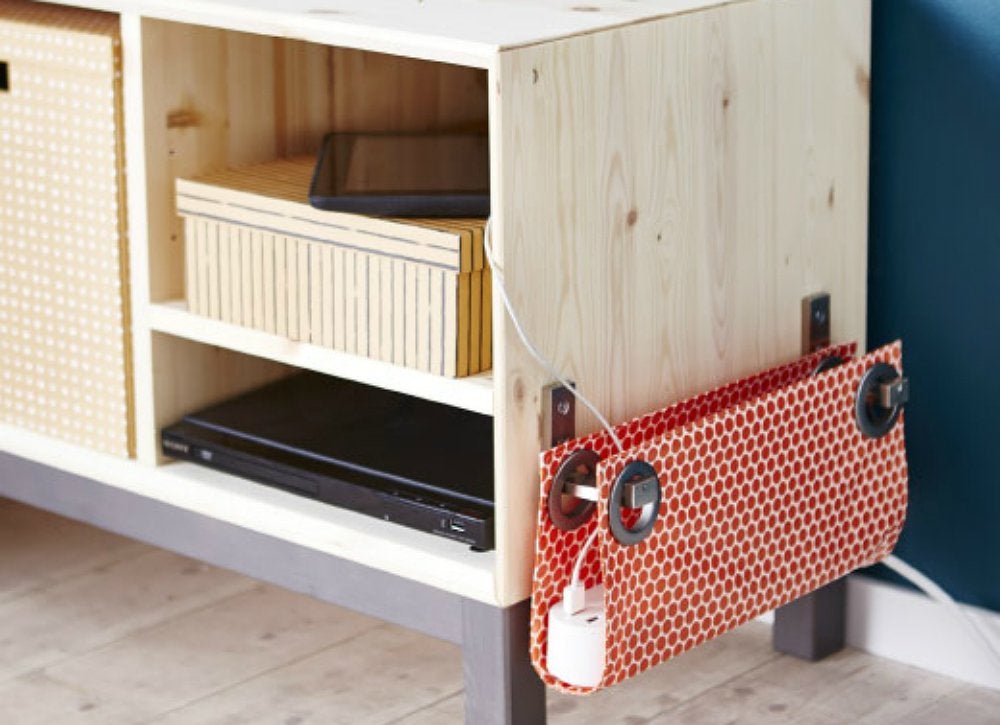
Has a tangle of electrical cords and wires left you—and your home—in knots? Stash them out of sight in this power strip pouch assembled from scrap fabric squares and punched with grommets. When hung from L-brackets attached to the base of a TV or computer stand, your clutter will be a stylish secret.
Keep a Low Profile
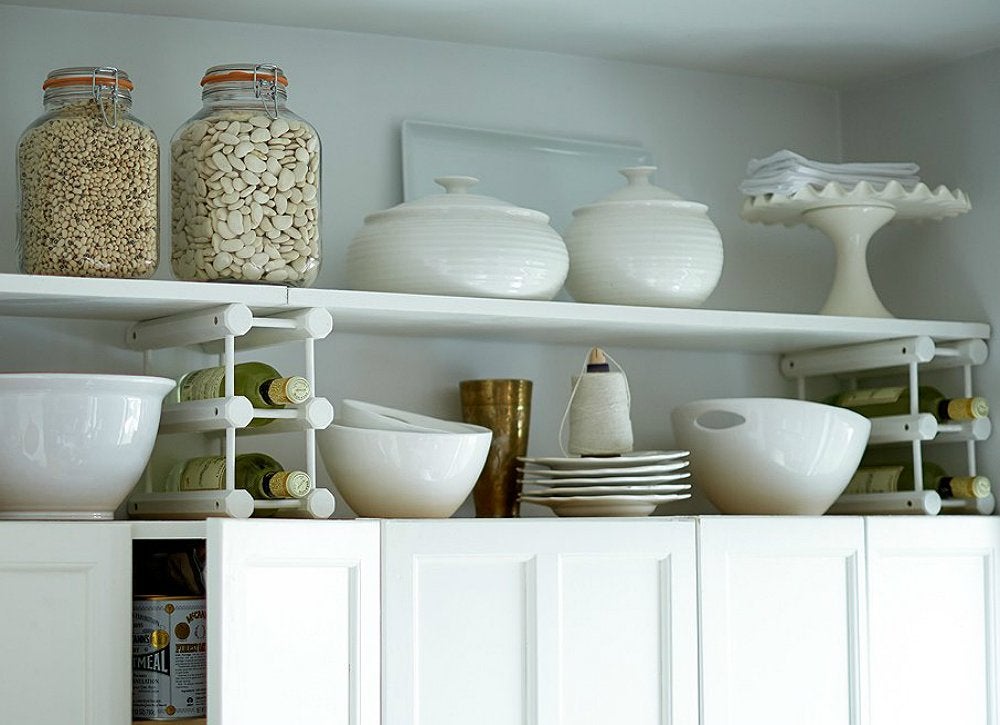
Still teetering on tiptoes to access out-of-reach dishware? There’s a safer strategy already at your fingertips. Stash fine china, decorative dishes, and other seldom-used wares high above the cabinets, leaving low-level shelves and counters free to house everyday essentials.
Seamless Streaming
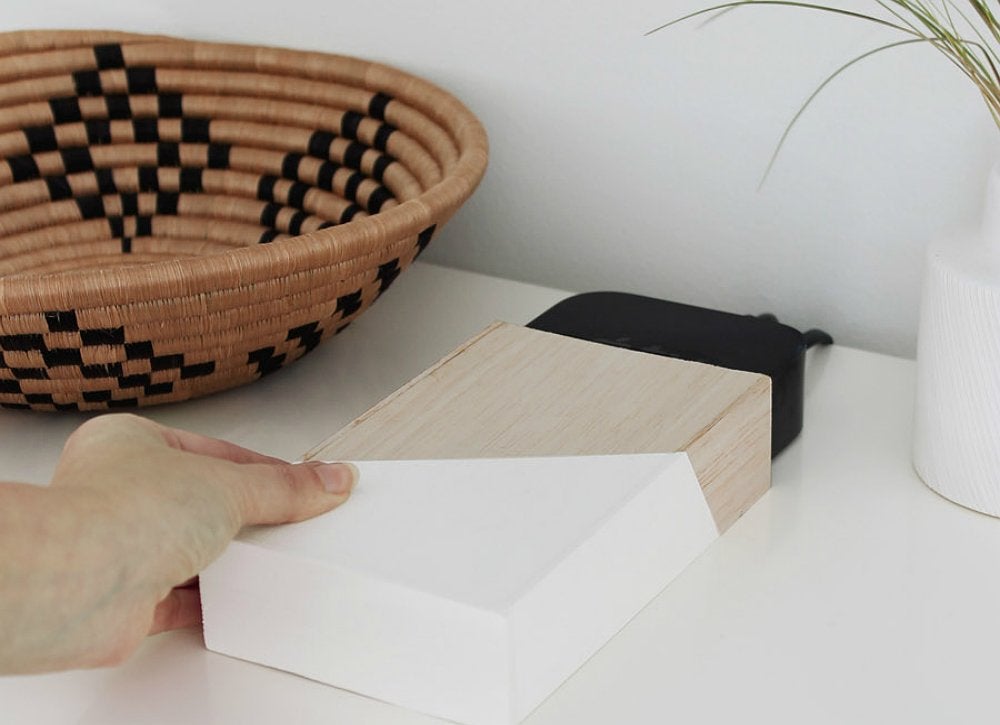
Thanks to routers and modems, our homes are always connected—but we don’t need to keep these hardworking devices on display. Keep them under wraps for good in this DIY cover—an elegant sleeve of balsa wood assembled with super glue and decorated with paint or washi tape.
Go With the Grain
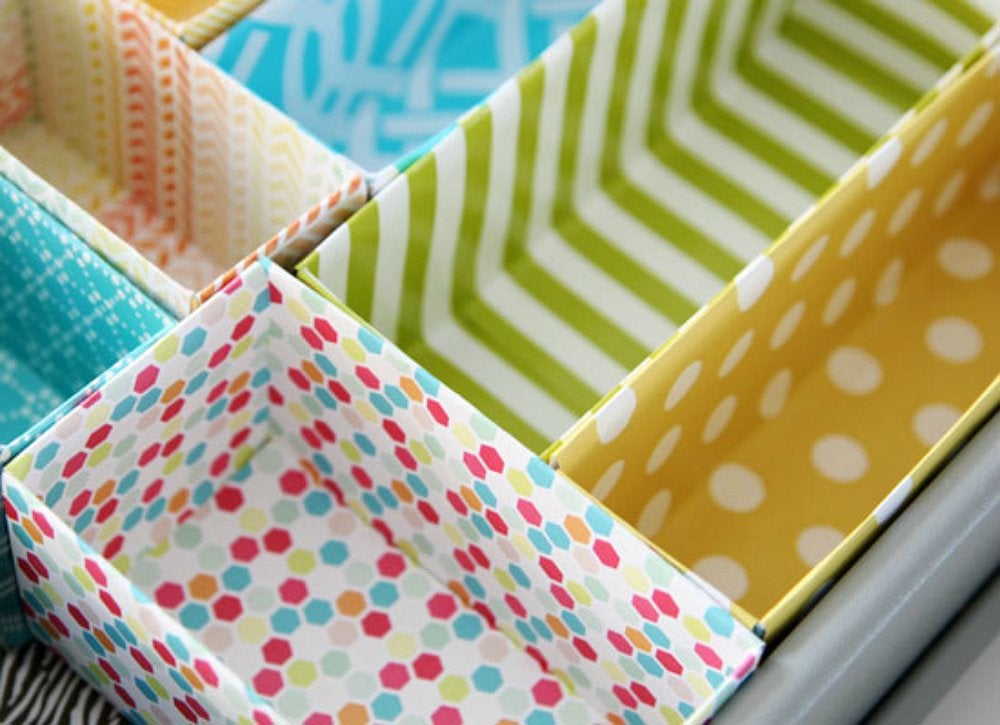
If your drawers are in disarray, call for reinforcements from your breakfast buddy: cereal. Cut off the base of an empty cereal box with a box cutter. Then, wrap the box with decorative paper. Arrange the organizers in the drawer to cure clutter and bring a dose of cheer to a desk or cabinet!
Spiced-Up Storage
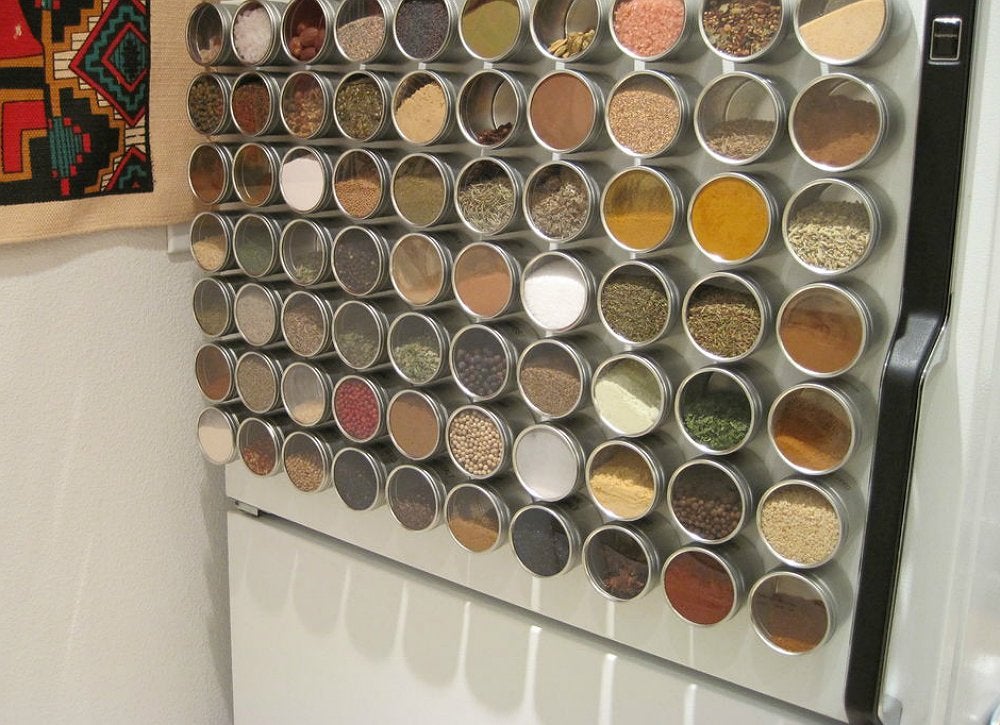
When cabinet space is at a premium, try this off-the-wall spice storage idea on for size. Adhere magnets to the back of pre-labeled clear-top tins with epoxy. Then, fill the tins with sumptuous seasonings, and stick them to the refrigerator to put your culinary and DIY chops on display.
Grand Entrance
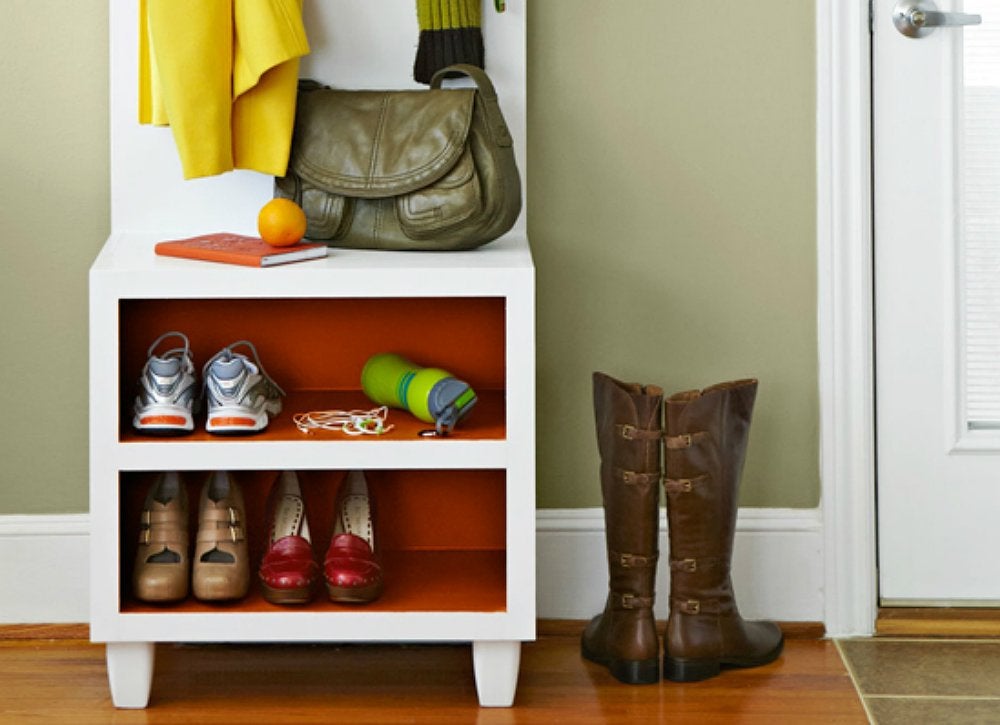
This two-in-one bench and shoe rack pulls double duty, acting as both storage and seating—making it perfect for a skinny entryway or foyer. To copy the look, join plywood and tapered feet with screws into a storage-smart accent.
High-Wire Act
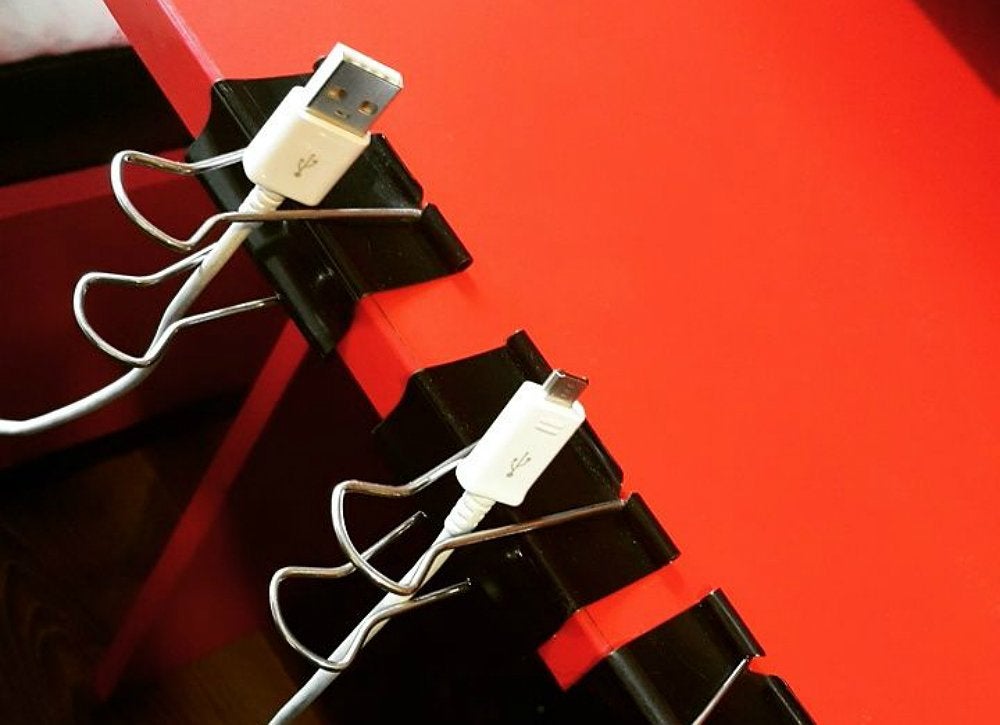
Good for more than fastening paper, binder clips also offer an in-a-pinch solution for corralling unruly USB cables. Attach each clip to the edge of a table or desk, threading a cord through the opening to keep it level with the surface—and ready to power your devices at a moment’s notice.
Key to Organization
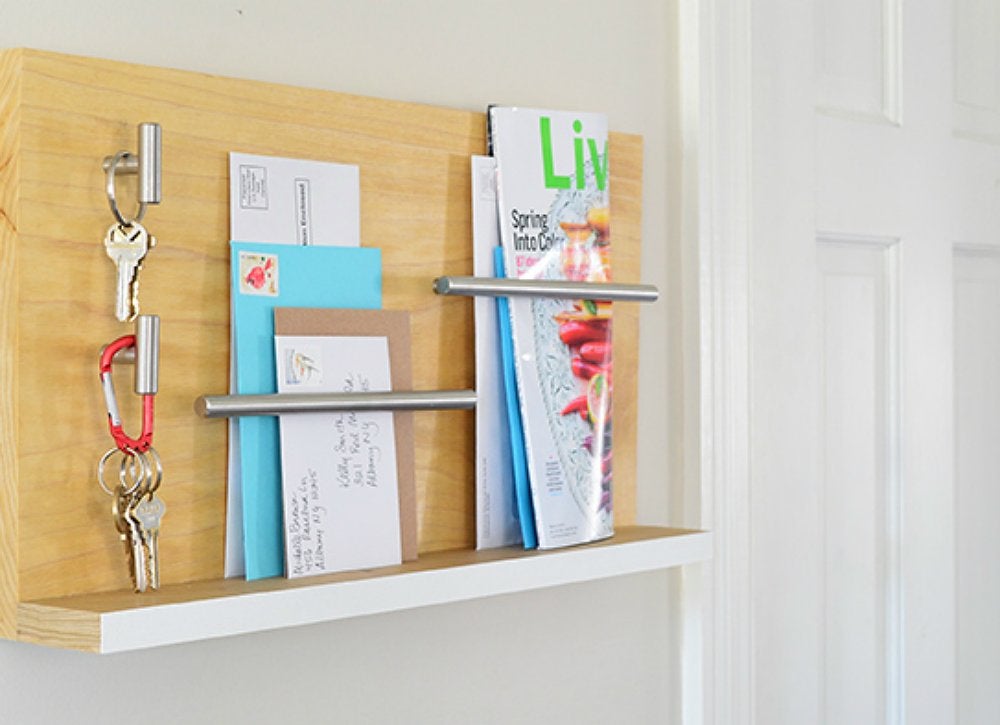
Can’t recall where you left the keys or mail? This wall-mounted organizer succeeds even when your memory fails you. The shelf comes together with poplar boards and wood screws, while steel drawer pulls and knobs mounted to the backing keep personal effects safe and secure.
Hot Rod
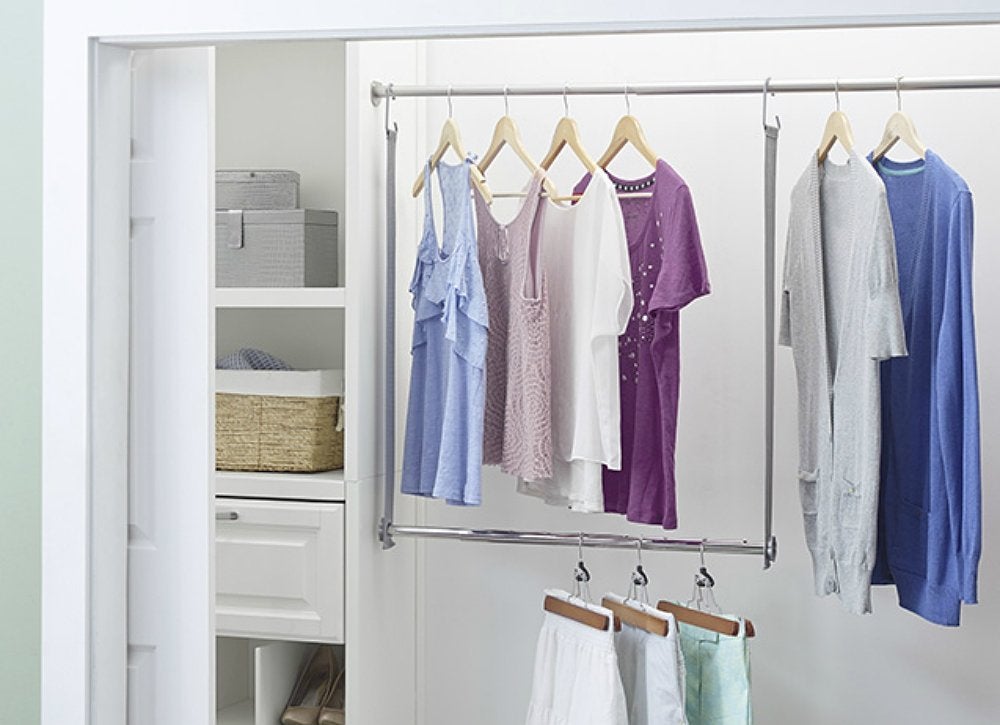
True to its name, a double closet hanging rod can instantly double hanging space in a cramped closet. To make and install one yourself, attach one end of a chain to an existing rod, and the other end to a dowel rod. Then, hang your shirts, bags, and scarves on the second rod—no extra floor space required!
Hygienic Helper
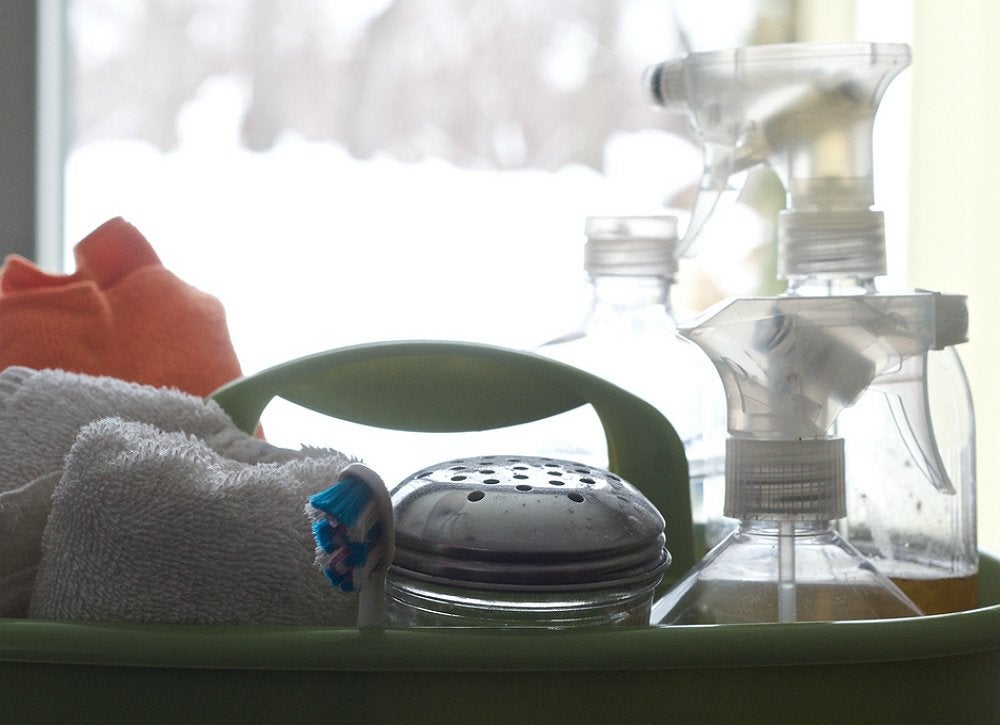
When it’s time to clean in a hurry, who has time to gather stray cleaning supplies from various undersink cabinets, broom closets, and garages? By enlisting a cleaning caddy to store all your essentials in one place, you can easily tote around cleaners and cloths to get every surface spotless—twice as fast!
On a Roll
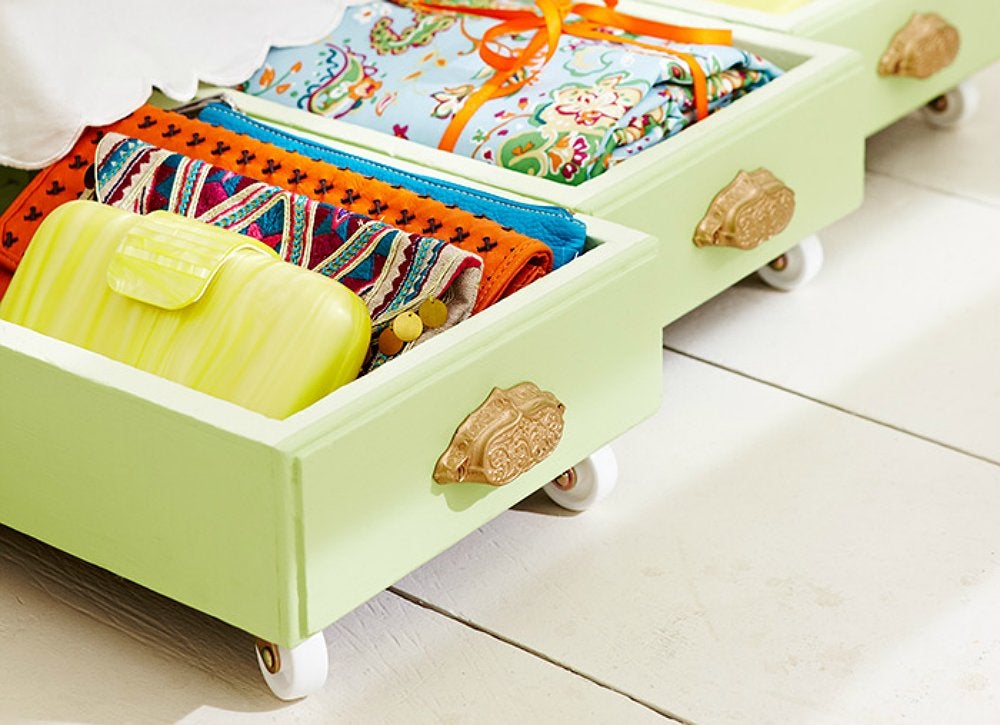
Why squeeze last season’s linens and garments into an already cramped closet or armoire, when you can roll them out from under the bed in seconds in these pretty portable bins. Sanded, painted, and adorned with caster wheels, these repurposed drawers are beautiful and budget-friendly storage solutions.
Home Away From Home
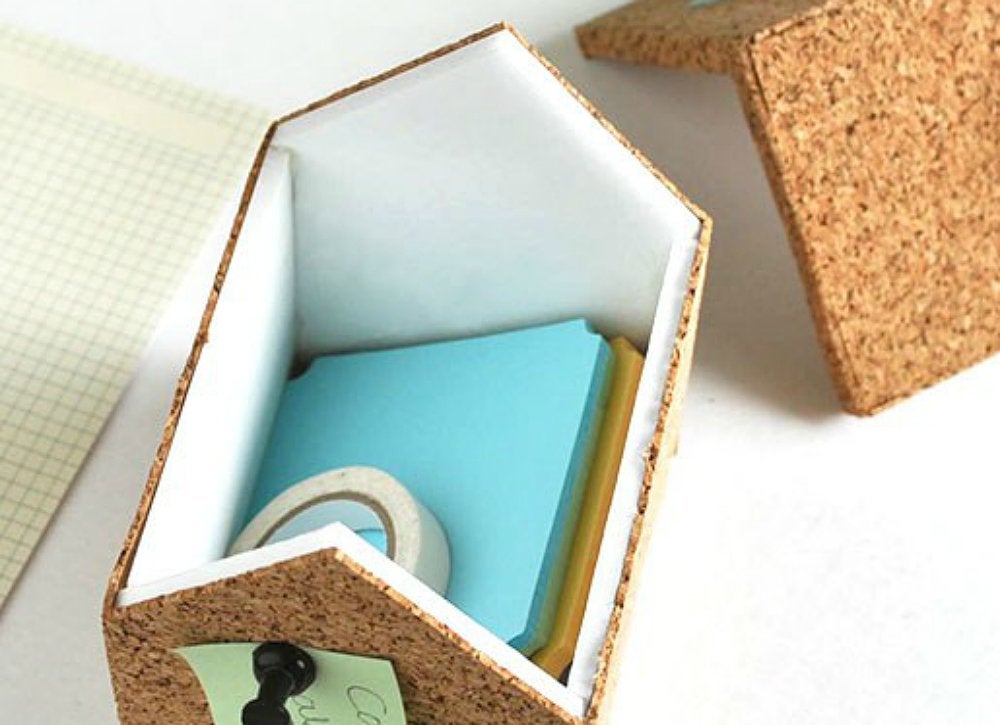
Put a cork in office clutter with these cork storage boxes fashioned after your own humble home. The handy houses, assembled with hot glue from foam core, and wrapped with adhesive cork, offer adorable storage for office supplies. Or, use the exterior as a pin board for notes and memos.
Charity Clarity

Whether you’re dealing with old toys, odds and ends, or outmoded fashions, clearing clutter begins with discarding bygone belongings that occupy space but hold little value. Using labeled bins, take stock of items to keep and organize versus, and get rid of those that would find a more welcome home at your favorite charity.
Set Up Shop
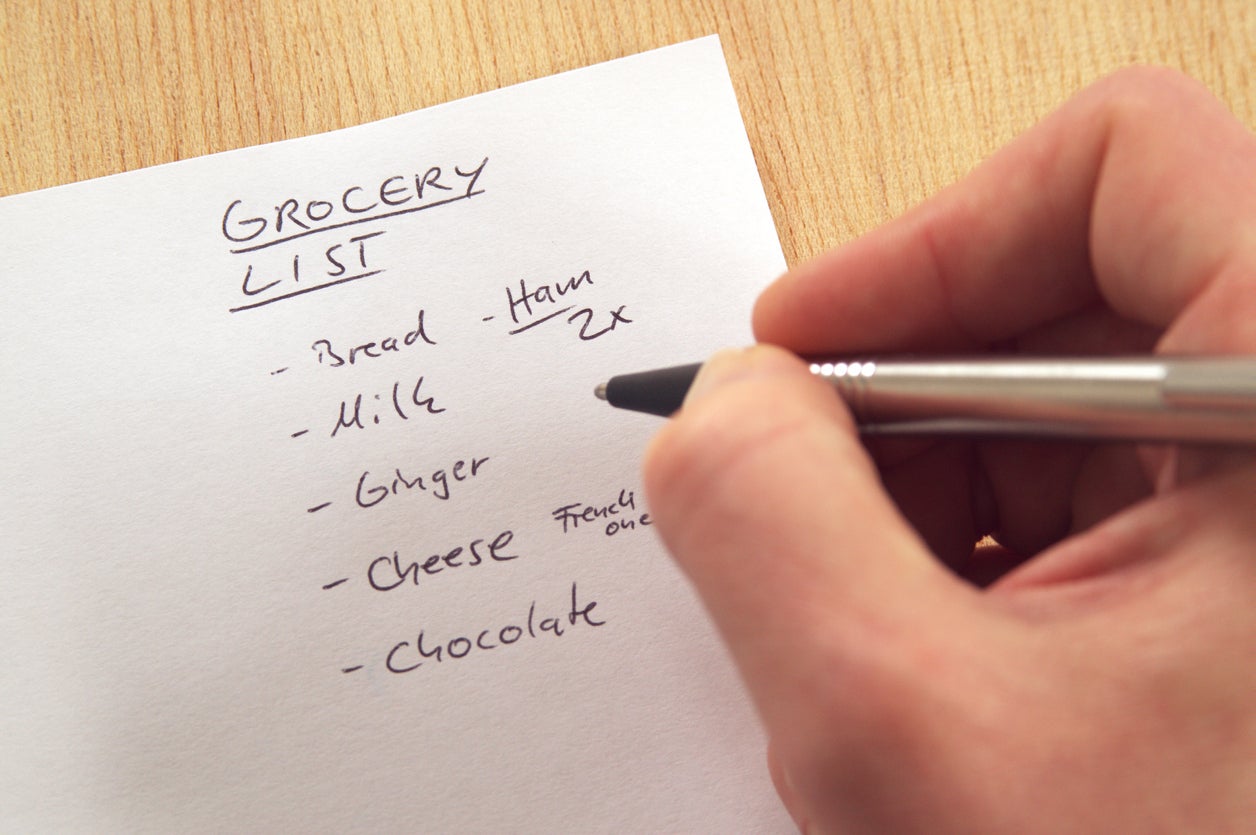
This stationary shopping list pad resolves the dilemma of forgotten groceries, while doing away with disorderly piles of paper and pens that take up space in the kitchen junk drawer. A birch plywood sheet forms the foundation of the list pad, while galvanized wire, screw eye hooks, and small steel plates serve up a never-ending supply of paper for jotting down essentials.
Think Outside of the Tool Box
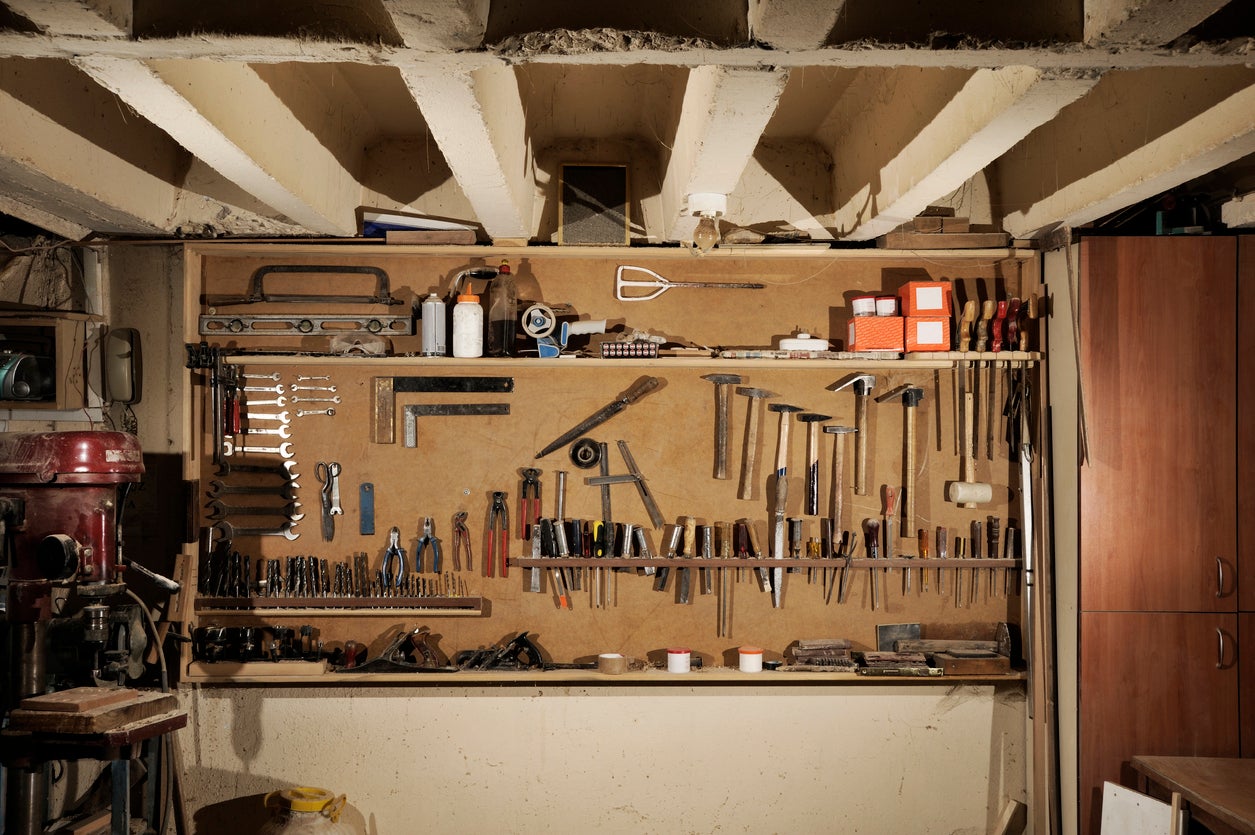
Create a garage or shed storage solution that truly sticks with a magnetic pegboard alternative. DIY your own by wall-mounting wooden boards, then measuring where each screwdriver and wrench will fit, and gluing a magnet in place to mark the spot. The end result is a storage solution that can house all the tools of the DIY trade. DIYers who already use pegboard panels may want to invest in Torin’s tool storage organizers, which add magnetic functionality to a standard pegboard.
Pot Luck
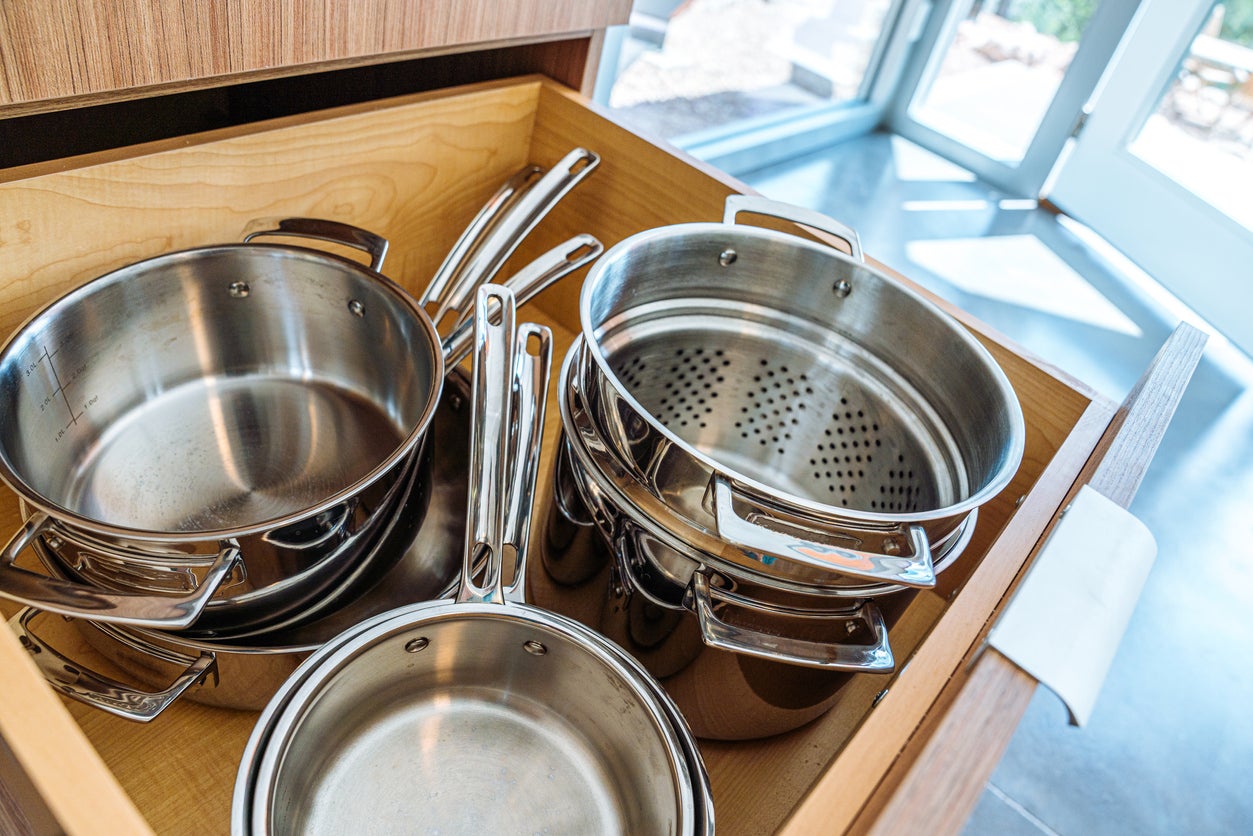
With a simple tweak to an ordinary cabinet door, you may never again have to fumble in the dark for pot and pan lids. Simply affix a few adhesive hooks to the inside of a cupboard door, then use the frugal fixtures to mount your pot lids—and put a lid on cupboard clutter!
Bargain Bin Beauty
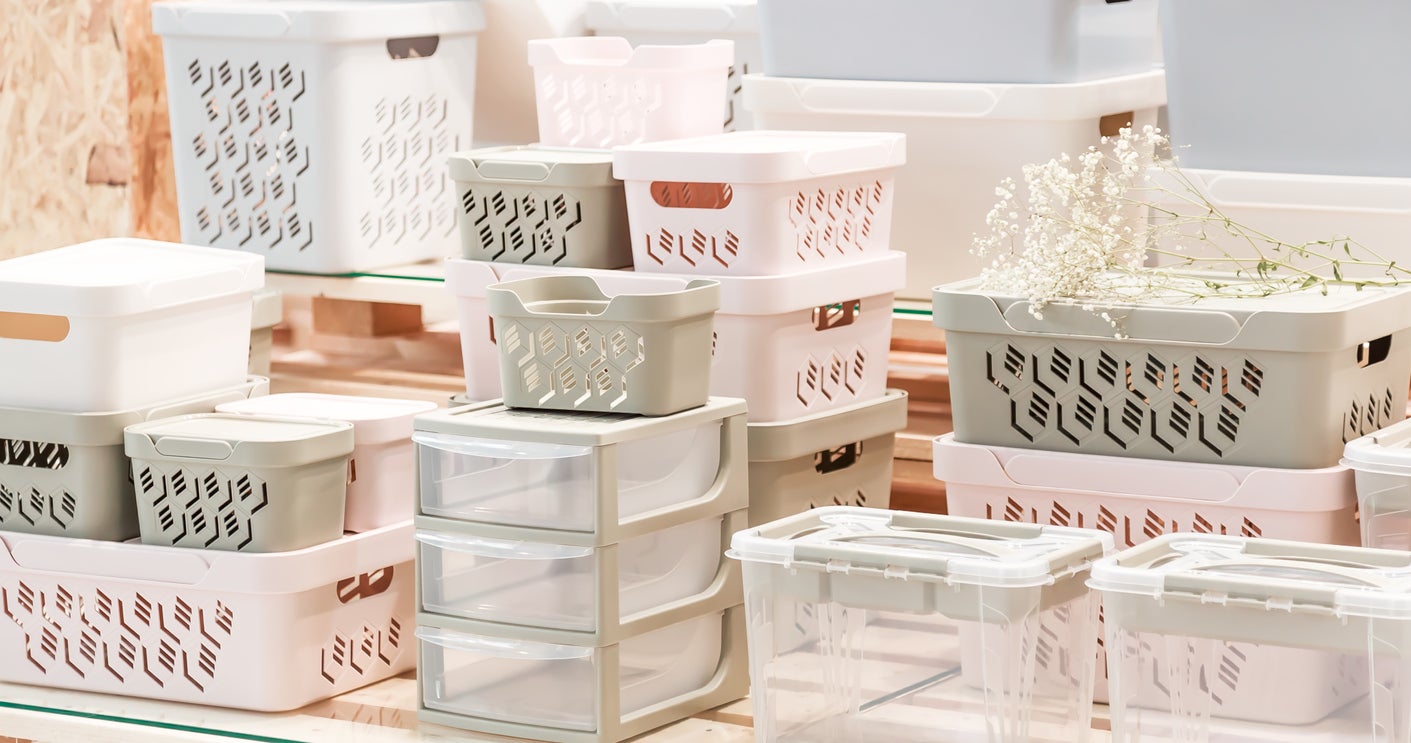
In a sea of storage, labels can mean the difference between an organized oasis and a disorderly disaster. Removable labels can do wonders to both decorate plastic storage bins, and make it easy to identify what’s inside.
Make Memories

How many printed photos do you have sitting in a box or photo album that’s been gathering dust for years? Don’t let your precious memories languish, and just take up space. For a nominal fee, you can have your printed photos digitized at a local photo lab. Upload them to your phone or a digital picture frame so you can enjoy all the memories without the clutter.
Pegged Down
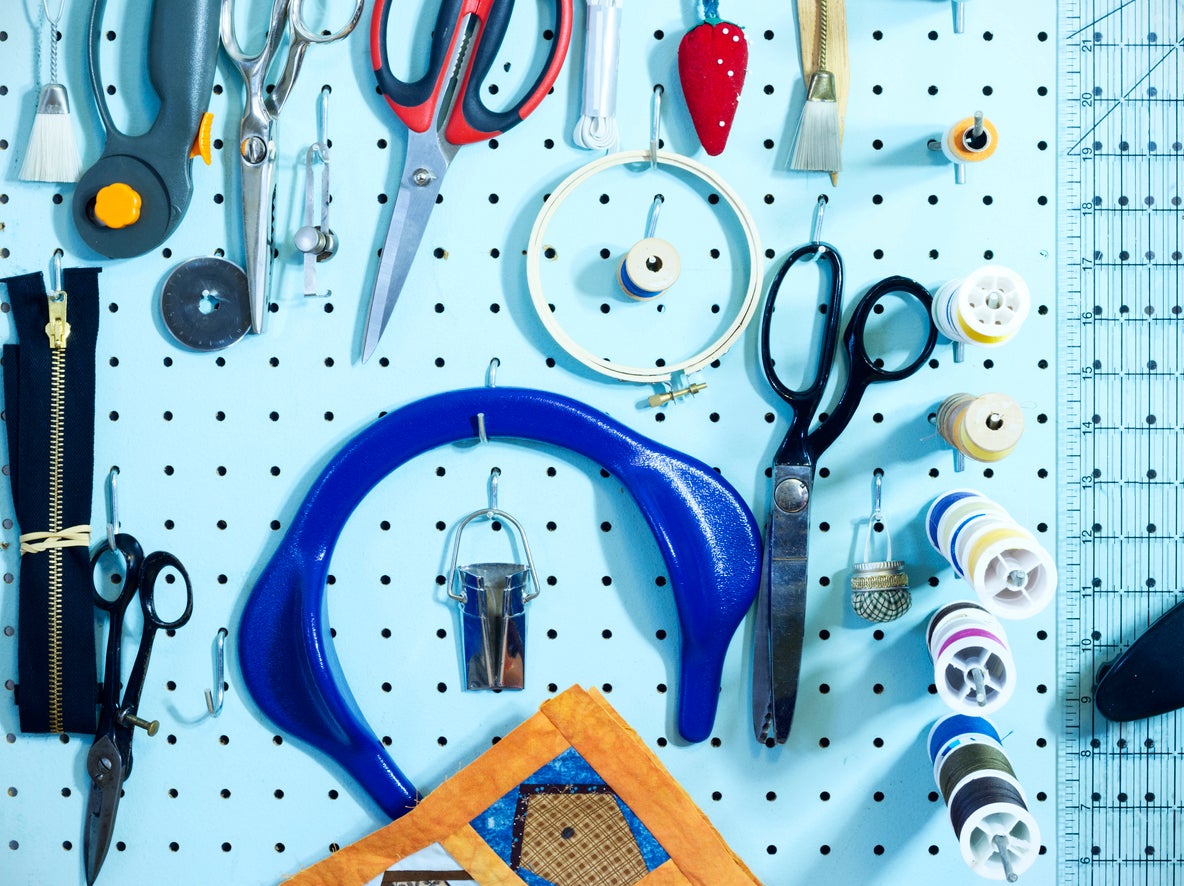
From art supplies to sewing gear, the constant clutter in a creative workspace can make it look more akin to a construction zone. Mounting a pegboard to a wooden frame on the wall is an easy and economical way to corral loose knickknacks and make room for brilliant ideas.
Undercover Mission

A portable laptop desk with hidden storage lets you carry your work—and the tools you need to do it—from room to room. This desk from Mind Reader makes it easy to work from the couch or your bed, and conveniently hides pens, papers, and other items that usually clutter a desktop. It’s even handy as a serving tray or for breakfast in bed.
Repurpose Old Books
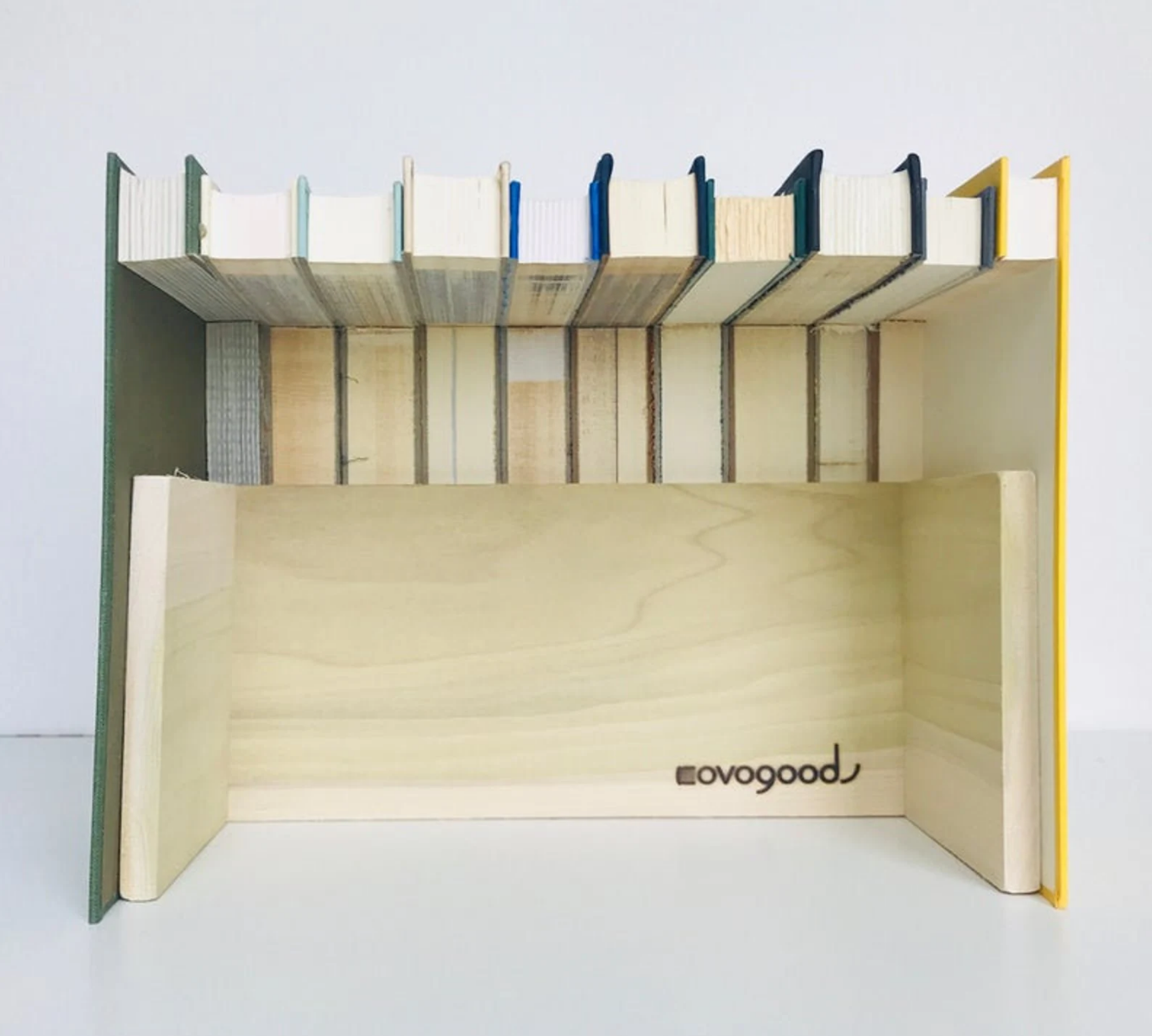
That stack of hardcover books you bought, read once, and have no intention of revisiting can be turned into useful storage. Using a small wooden crate or box, a few old books, hot glue, and some snips, you can create a little hideaway for small knickknacks. Find the full tutorial here—or buy a readymade hidden storage box from CovoGoods on Etsy.
Bookish Charms
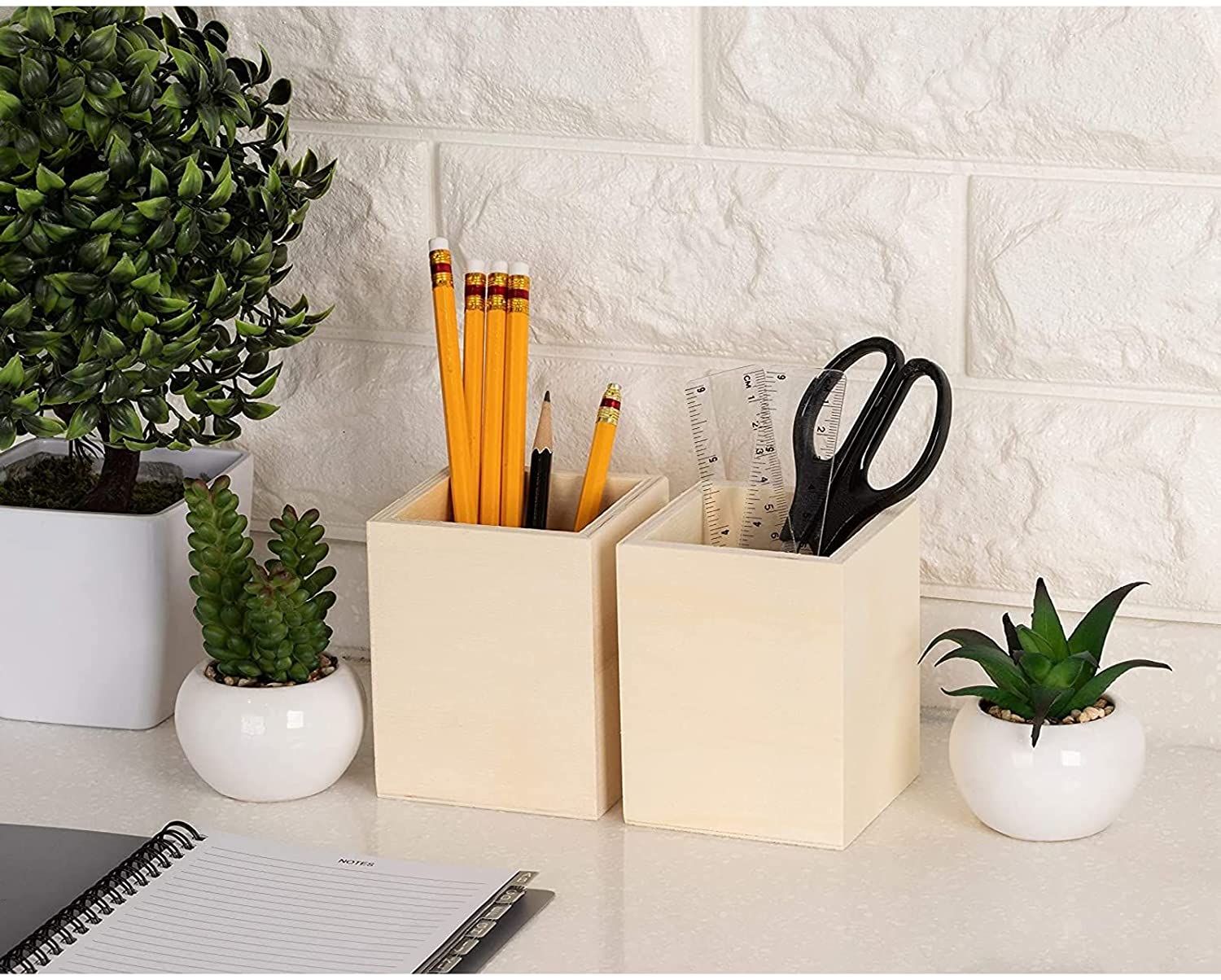
Bookended by these multitasking organizers, your home library will be equal parts artful and enlightening. Constructing them is simple, requiring only wood planks assembled with wood glue and mounted with small storage boxes that complete your study station. (If you want a shortcut, purchase unfinished wood boxes.) This DIY can be painted to match your home decor so it fits right in.
Functional Furniture
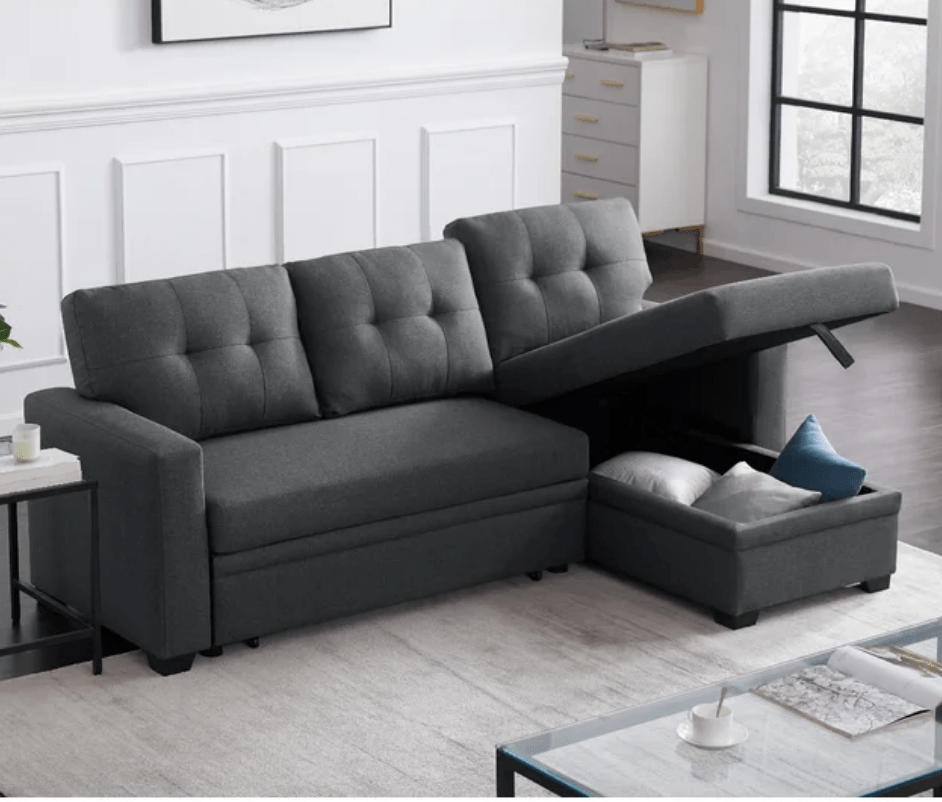
Bulky items like blankets can be tricky to hide away because you have to find a spot large enough to accommodate them. Investing in multifunctional furniture, like the Mercury Row Anyan reversible sleeper sofa and chaise, can help. A sectional couch with storage beneath the cushions gives you a place to stash extra blankets, pillows, seasonal decor, and more, cutting down on clutter in the living room, rec room, or closet.
Bear It

Teddy bears and other stuffed animal friends tend to proliferate, threatening to take over the home after a while. Little ones who aren’t ready to give up their collection of plush toys need a place to keep them that’s not visually overwhelming. One practical solution is to fill a bean bag cover, like this one from Etsy seller MyBeachsideStyle, with stuffed animals and other soft items instead of the traditional filling. The chair becomes a soothing spot for reading, and the toys are neatly contained and easy to retrieve at playtime.
Small-Space Smarts
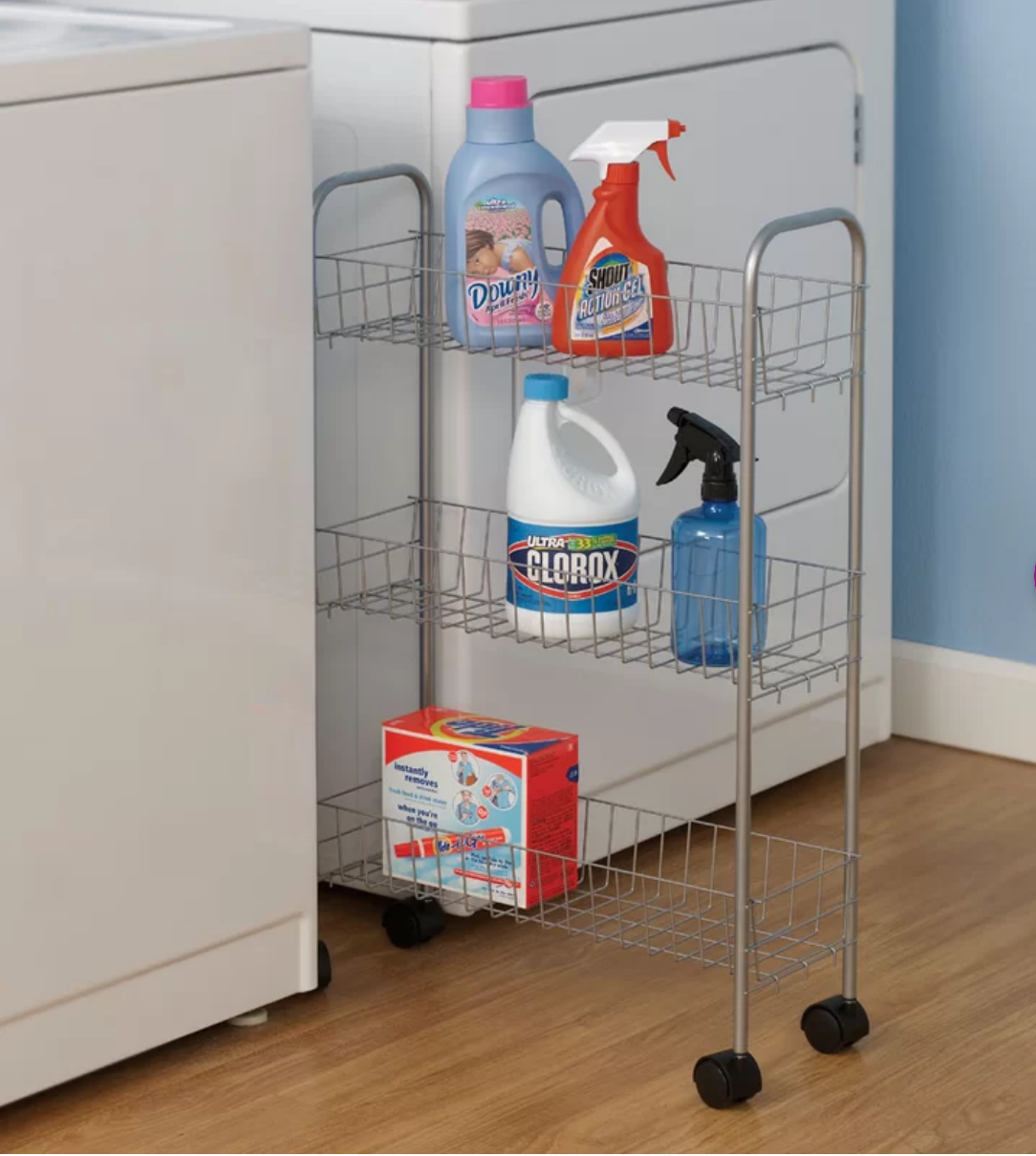
Effective storage comes in all sizes, so don’t let that skinny pocket of space between the washing machine and the wall go to waste. A narrow storage unit that’s only a few inches wide can neatly tuck away any number of items, including detergents, softeners, dryer sheets, bleach, and more. Finding room in unlikely spaces opens up more prominent spots on shelves for a calming plant, family photos, or other decorative items.
Hidden in Plain Sight
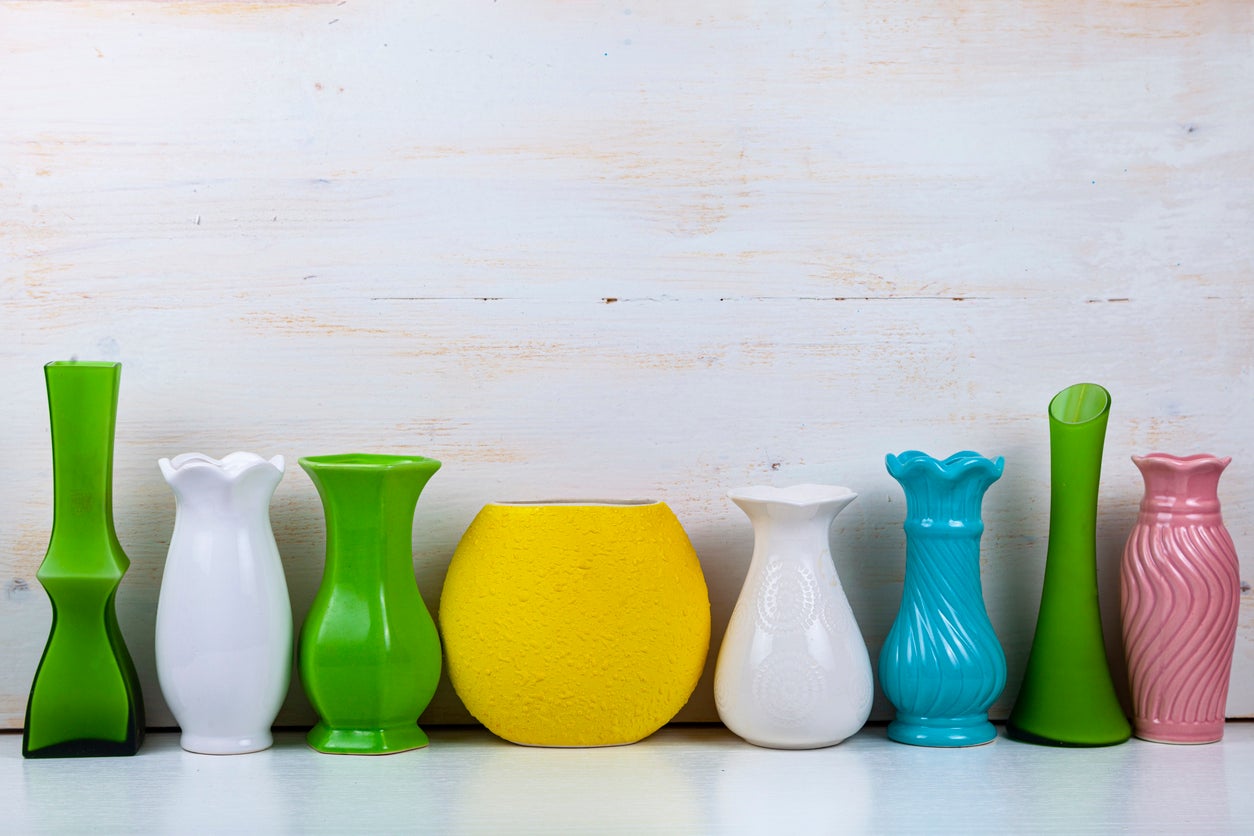
Why let your beautiful decorative vases sit empty? They’re the perfect vessels for holding pens, ribbons, clips, and other small items. As long as your vases aren’t see-through, nobody will suspect that you’re using them to conceal your clutter.
Fold It Away
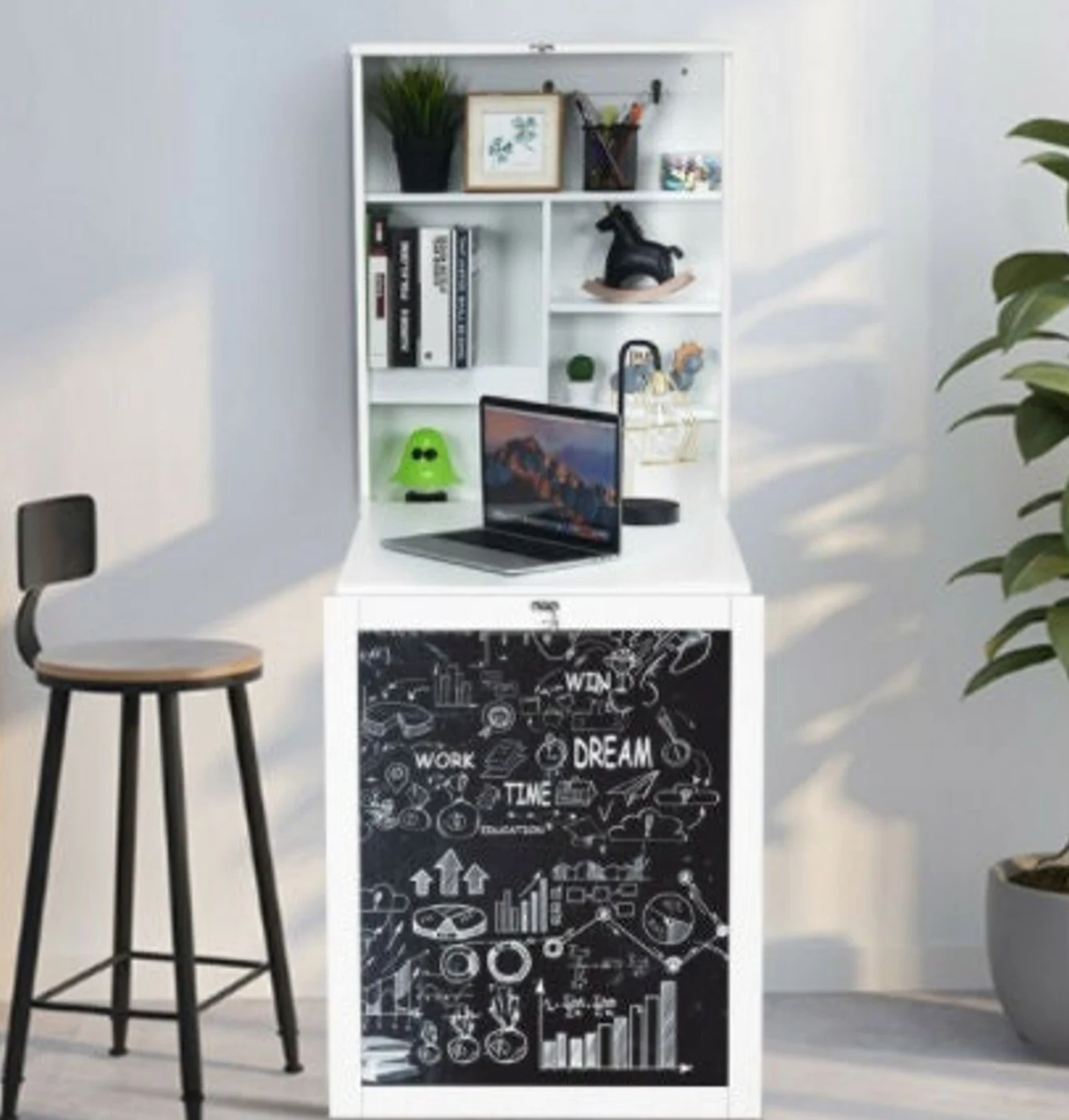
Desk clutter is an all too familiar issue for students, creatives, and anyone working from home these days. When you use a foldout Murphy desk to hold your external drives, paper, stationery, and all the bits and bobs that always seem to be lying around, you can make them all disappear by simply folding the desk up against the wall.

The Homeowner Survival Kit
This year’s Bob Vila Approved is a hand-picked curation of tested, vetted, must-have essentials for surviving homeownership today.